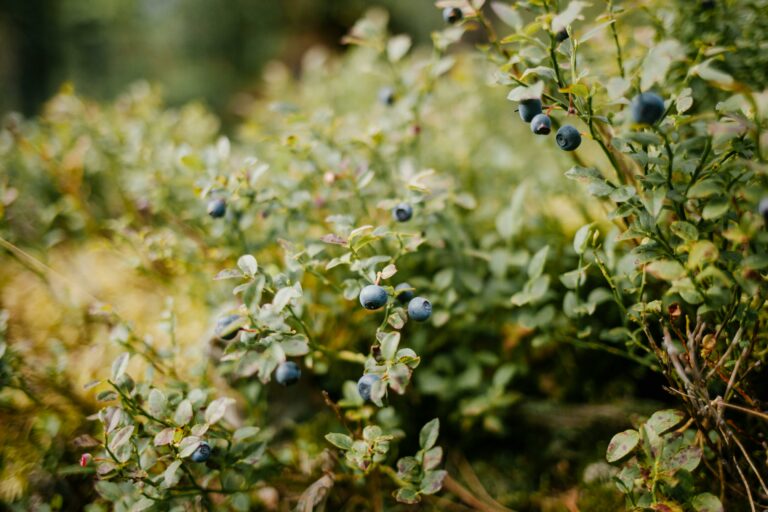Mulching 101: Protect Your Plants and Improve Soil Health
Covering your garden soil with protective layers offers numerous benefits for plant health and soil vitality. Whether you’re a seasoned gardener or a beginner, understanding this practice can make a significant difference in your garden’s success. This guide explores the benefits, types, and application methods to enhance your plants’ growth and overall garden sustainability.
Introduction to Mulching and Its Benefits
Using protective ground cover around plants offers multiple advantages that can dramatically improve your garden’s resilience and productivity. Here’s how it helps:
Benefits of Ground Cover
- Moisture Retention: Keeping the soil covered helps prevent water loss due to evaporation, ensuring your plants stay hydrated, especially in hot, dry conditions.
- Temperature Regulation: Ground cover acts as an insulator, maintaining more stable soil temperatures, which protects plant roots from extreme heat or cold.
- Weed Suppression: By blocking sunlight, a thick cover reduces the growth of weeds, minimizing competition for resources between your plants and unwanted vegetation.
- Soil Health Improvement: Organic covers break down over time, enriching the soil with nutrients and improving its structure.
- Erosion Control: Covering the soil prevents erosion by protecting it from the impact of wind and rain.
- Aesthetic Appeal: Beyond practical benefits, a well-covered garden bed enhances the overall appearance of your landscape.
Types of Ground Cover: Organic vs. Inorganic
Materials used for covering the soil can be divided into organic and inorganic types, each offering specific benefits and drawbacks depending on your gardening needs.
Organic Materials
Organic covers are derived from natural sources that decompose over time, contributing to soil enrichment.
- Wood Chips and Bark: Popular for their slow decomposition, these are ideal for areas with perennial plants, trees, and shrubs.
- Straw and Hay: These are effective in vegetable gardens, decomposing quickly and adding organic matter to the soil.
- Compost: Acts as both a cover and soil conditioner, enriching the soil with nutrients.
- Grass Clippings: A good option for vegetable gardens, they add nitrogen to the soil but should be applied in thin layers.
- Shredded Leaves: Excellent for woodland gardens, shredded leaves decompose and enrich the soil with organic matter.
- Pine Needles: Slow to decompose and slightly acidic, pine needles are suitable for acid-loving plants.
Inorganic Materials
Inorganic covers are made from non-living materials and do not decompose, making them more durable but less beneficial to soil health.
- Gravel and Stone: Long-lasting and good for dry areas, though they can heat up in the sun.
- Plastic Sheeting: Common in vegetable gardens for weed control and soil warming, but it doesn’t allow water or air to reach the soil.
- Landscape Fabric: A permeable option that allows water and air to pass through while suppressing weeds.
- Rubber Mulch: Made from recycled tires, this option is durable but does not provide any nutrients to the soil.
How to Apply Ground Cover Correctly
Proper application is key to maximizing the benefits of your soil cover. Follow these steps to ensure your garden thrives:
Step 1: Prepare the Area
Clear the area of weeds and debris to ensure that your cover makes direct contact with the soil.
Step 2: Determine the Right Depth
Apply 2-4 inches of organic material, depending on the type, and 1-2 inches of inorganic material.
Step 3: Spread Evenly
Distribute the material evenly around plants, ensuring it covers the root zone without piling it against the base of plants.
Step 4: Water After Application
Water the area thoroughly to help settle the material and begin moisture retention.
Step 5: Maintain and Replenish
Organic materials will decompose over time, so check and replenish as needed to maintain the appropriate depth.
Best Practices for Different Seasons
Adjust your covering practices to match seasonal needs:
Spring
Spring is the perfect time to apply a fresh layer, as it warms the soil and suppresses early weeds.
Summer
During summer, ensure your garden beds are well-covered to retain moisture and keep roots cool.
Fall
Fall is an ideal time to apply a new layer, protecting the soil from winter’s harsh conditions. For additional fall gardening tips, visit starting a fall garden.
Winter
In colder climates, a thick layer can protect plants from freezing temperatures. In milder climates, be careful not to overapply to avoid excess moisture.
Troubleshooting Common Issues
Sometimes, problems can arise if the material is not applied or maintained properly. Here’s how to address them:
Mold Growth
Excess moisture can cause mold. Ensure good air circulation and avoid overwatering.
Drainage Problems
Compacted layers can prevent water penetration. Fluff the material occasionally and use coarser materials if necessary.
Matting
Some materials like leaves can mat down. Apply in thin layers and mix with coarser materials to prevent this.
Nitrogen Deficiency
Certain organic materials can temporarily deplete nitrogen. If plants show signs of deficiency, supplement with a nitrogen-rich fertilizer.
Conclusion
Covering your garden soil with the right materials can lead to a healthier, more resilient garden. By understanding the benefits, choosing the appropriate materials, and applying them correctly, you can protect your plants and improve soil health throughout the year. For more detailed advice, the Royal Horticultural Society’s guide on mulching is an excellent resource.





